Are there times where you have a hard time understanding a character on your favorite K-drama even though you speak a little bit of Korean?
In those cases, they may be using satoori (사투리), otherwise known as Korean dialect.
You can find a full introduction of the different dialects on our Korean dialects blog.
In short, South Korea is divided into six main provinces (do), and in each province there is a different dialect. This can be analogous to a southern, or New York accent in the U.S.
With each dialect, there is varied intonation and accents that can change the meaning of a word or phrase.
The most common is Gyeonggi-do (경기도) dialect, also known as Seoul dialect (서울말). This dialect is often referred to as the standard form of Korean (pyo-jun-eo/표준어).
Reply 1994 is a great K-drama where you can hear a variety of different dialects. Above is a clip where you can get a glimpse of Jeolla-do to Gyeongsang-do dialects.
One of the most prevalent dialects seen on K-dramas is probably Gyeongsang-do satoori (경상도 사투리).
So, for the rest of this blog let's dive deeper into the Gyeongsang-do dialect.
Introduction To Gyeongsang-do Dialect
Gyeongsang-do is located on the southern end of Korea. It is often split by region, the northern region (Gyeongbuk · 경북), and southern region (Gyeongnam · 경남).
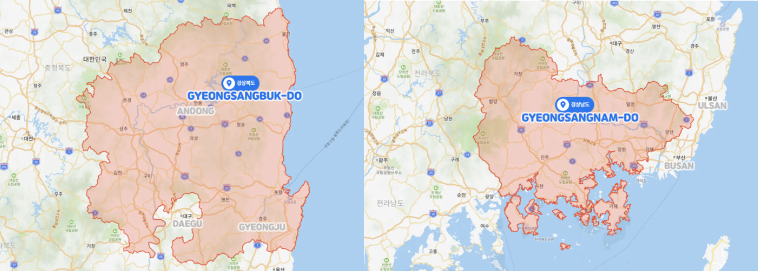
The Gyeongsang-do dialect is fast-paced, and with a strong accent. Many people think this dialect often sounds like fighting.
When referring to Gyeongsang-do dialect, people often think of Busan dialect because Busan is the biggest city in this province.
Some other big cities include Daegu and Ulsan. Many locals of Gyeongsang-do can hear differences in tone between city to city. We will talk about this later in this blog.
Above is a video meant to introduce you to some general Gyeongsang-do phrases. As you can see it can be extremely difficult, even for native Korean speakers.
Characteristics Of Gyeongsang-do Dialect
Generally, the differences with this dialect are all in tone and pitch. In the dialect blog, we introduced features like accent and interrogative sentences.
But there are other ways to characterize this dialect.
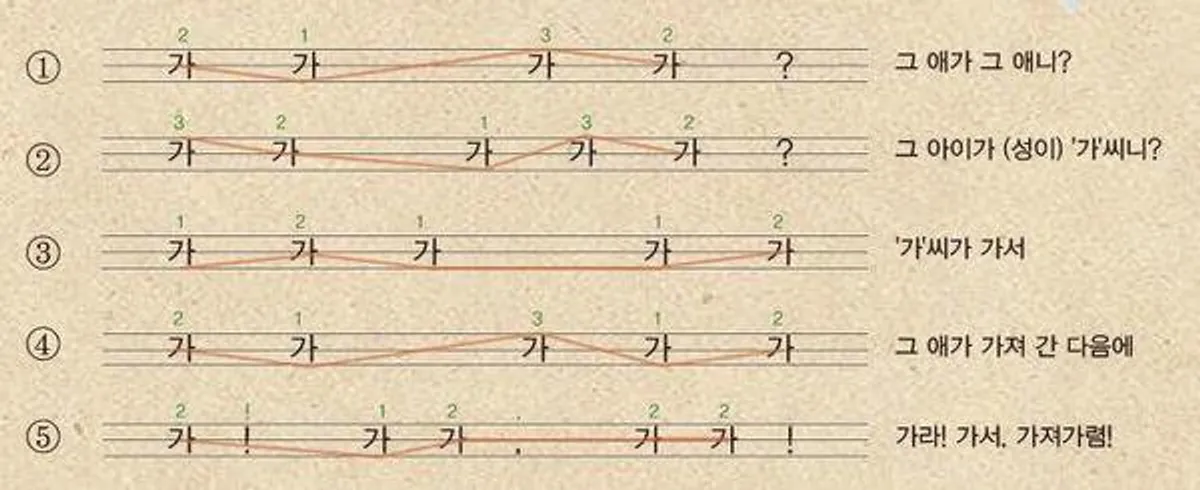
There are shifts of vowels in words, for example, many people use ㅓ(eo) over ㅡ (eu). For example the word food in standard Korean is 음식 (eomsik). In the Gyeongsang-do dialect it can change to 엄식 (eumsik).
Or in cases of compound vowels like ㅟ (wi) can be simplified into ㅡ (eu), or ㅣ(i). While ㅚ (oe) is often simplified to ㅐ(ae).
For example, the phrase "It's behind you" in standard Korean is "뒤에 있어요." But in the Gyeongsang-do dialect it is said as "디에 있다."
An example for ㅙ is often simplified to ㅐ is for the phrase "why isn't it working" in standard Korean is "왜 안 돼요?" Meanwhile, if you want to say it in the Gyeongsang-do dialect, you can say "와 안 대노?"
It is also common to shorten sentences. For example when saying what are you saying, the standard Korean may be "뭐라고 하셨습나까?" The Gyeongsang-do dialect phrase can be said like "뭐라카노?"

A common ending for a phrase ending with "다" can be changed to 데이. For example, thank you in standard Korean is "감사합니다." In Gyeongsang-do dialect it is often said like, "감사합니데이."
One of the best known K-drama that features Gyeongsang-do dialect is Reply 1997. Since both leads, Jung Eun-Ji and Seo In-Guk, are originally from Gyeongsang-do their accents are perfect.
You can even get a glimpse of how fast they can speak when arguing in the below clip, starting at 10:27.
Differences Within Gyeongsang-do
Even within Gyeongsang-do there can be local differences in dialect city to city. These differences can be extremely subtle, so don't be frustrated if you are having a hard time distinguishing them.
Like mentioned before bigger cities in Gyeongsang-do are Busan, Daegu, and Ulsan.
But the cities that have the biggest differences in dialect are between Daegu and Busan. Daegu represents the northern, while Busan represents the southern.
Ulsan may have subtle differences, but if we look at Gyeongsang-do dialects as a gradient, Ulsan would fall between Daegu and Busan.
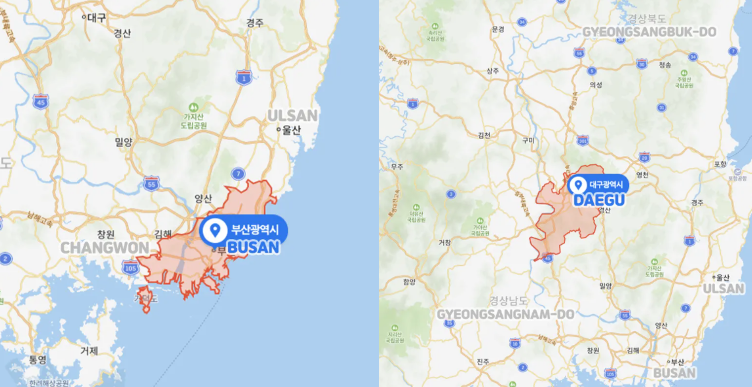
So, for the rest of this section, we will focus on the differences between Daegu and Busan dialects.
You may be wondering why there are differences between Busan and Daegu in the first place? Both cities are within 100km of each other.
The reasoning is actually pretty interesting! Since Busan is a coastal city, people have modified their accenting to be more varied so they can hear what someone is trying to say over the sound of water.
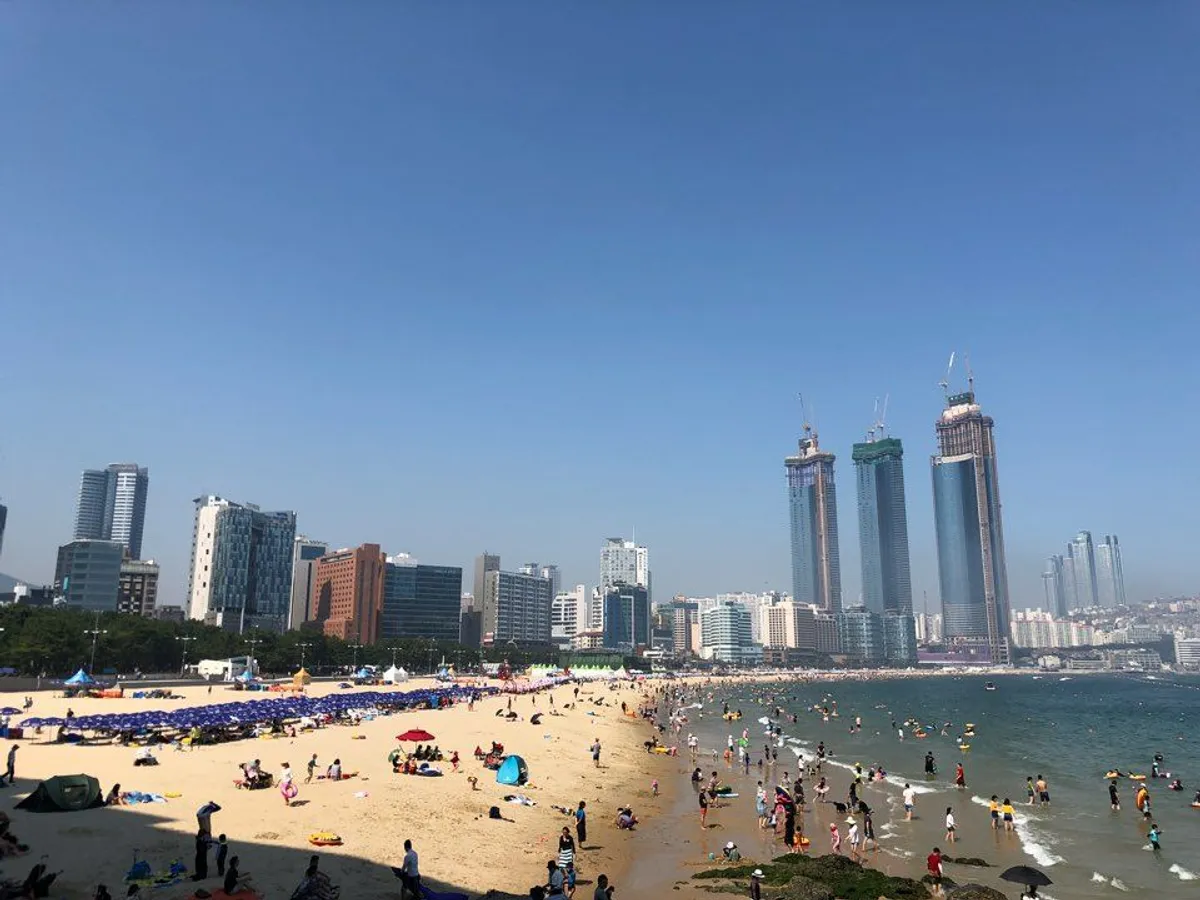
While Daegu is more inland, so people there have developed stronger accents that sound travels better through air.
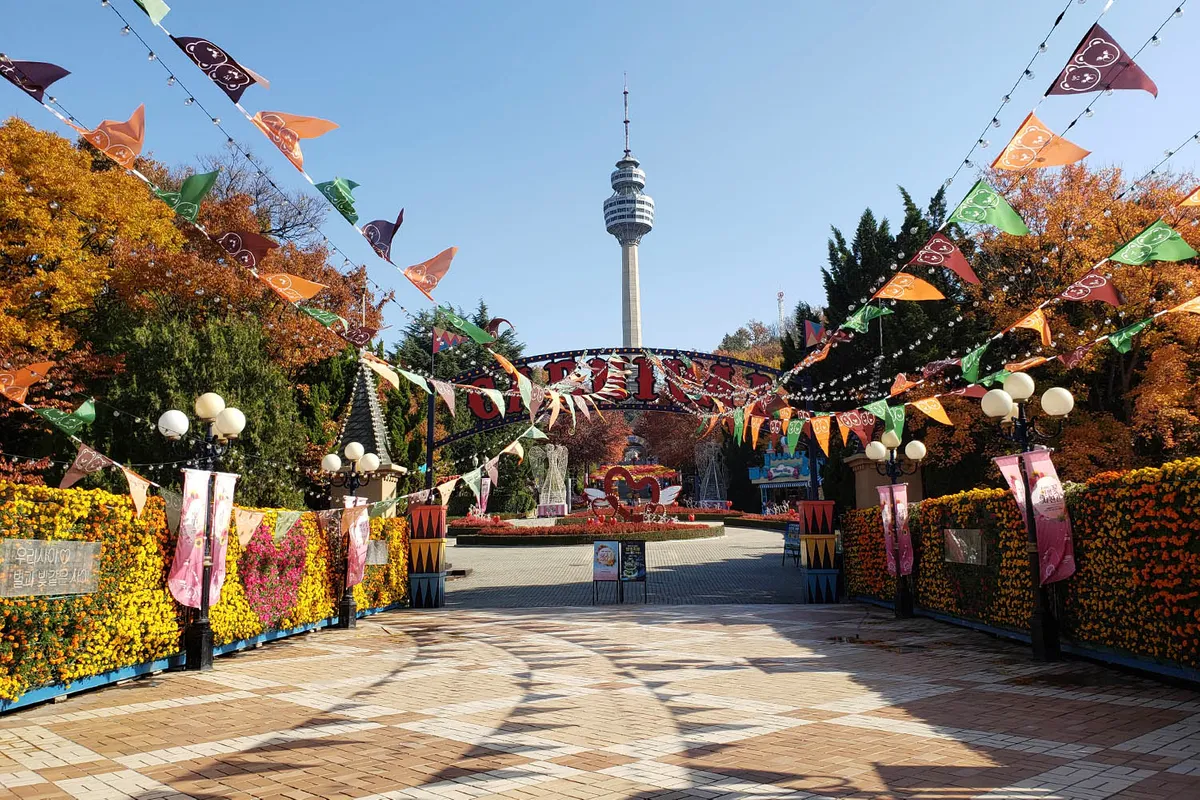
The main difference between Busan and Daegu is which part of a word is given an accent.
In Busan, the accent generally falls on the back syllable. While in Daegu the accent is on the front syllable.
For example, take the word sister (언니).
In Busan, the back syllable (니) gets accented so it would be 언니.
Whereas Daegu, the front syllable (언) gets the accent so it would be 언니.
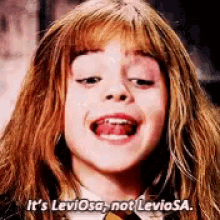
Another difference is the usage of consonants. In particular with ㄱ(g) vs. ㅋ (k).
For example, take the Korean phrase for "why are you like that?" (너 왜그래?)
In Busan people would say, "니 와 그라는데?"
While in Daegu people would say, "니 와 카는데?"
People in Daegu use ㅋ more often which can make the accent sound stronger or more harsh.
Terms & Phrases
Here we will introduce some terms and phrases used in Gyeongsang-do dialect. Some of these phrases are also featured in the clips in the blog, but included here for those who prefer to have them in written form!
1. 만다꼬/ man-da-kko
Many ARMY may know this phrase from when Jimin and V would post videos of them speaking with satoori. But did you know it is an actual phrase?

Man-da-kko can be used in many different settings, but the base is "what are you doing?"
For example, if you splurged for a new set of glittery gel pens, someone may respond with "만다꼬 그런거를 사노?" In this case, they are saying "what are you buying this for?" Implying, you may not need glittery pens.
Another case can be when your friend says "I'm on a diet." If you respond with "만다꼬 하노?" Basically, you are implying a diet is unnecessary, and asking "what are do doing something like that for."
Lastly, man-da-kko can be used when someone gives you a present and you respond with "만다꼬?!?" This is similar to saying in English, "aww you shouldn't have!"
2. 파이다/ pa-i-da
This term can be used to say something is not good. In standard Korean, someone may say "별로다."
For example, if your friend asks what you think of their shirt, they may respond with "파이다." Which means they think it's a bad shirt.
3. 가스나 & 가시나/ ga-seu-na & ga-si-na
These terms are used as slang for those who identify as female. Often used between close friends to describe "that girl."
Note, these terms can have a negative connotation, so use them with extreme caution.

4. 머스마 & 머시마/ meo-seu-ma & meo-si-ma
Similar to the above terms, but for those who identify as male. Same word of caution, there can be negative connotations to these terms.
5. 찡깃다/ jjing-gis-da
In standard Korean, this means "끼였다." In English, it translates to be stuck or pinched.
For example, if you need to say that your jacket gets caught in a door, it would be "내 옷이 문애 찡겼다."

6. 데파다/ de-pa-da
In standard Korean de-pa-da is 데우다. In English, it means to heat something up.
An example of how one could say this phrase is, "음식을 데파주세요." Which translates to "please heat the food up."
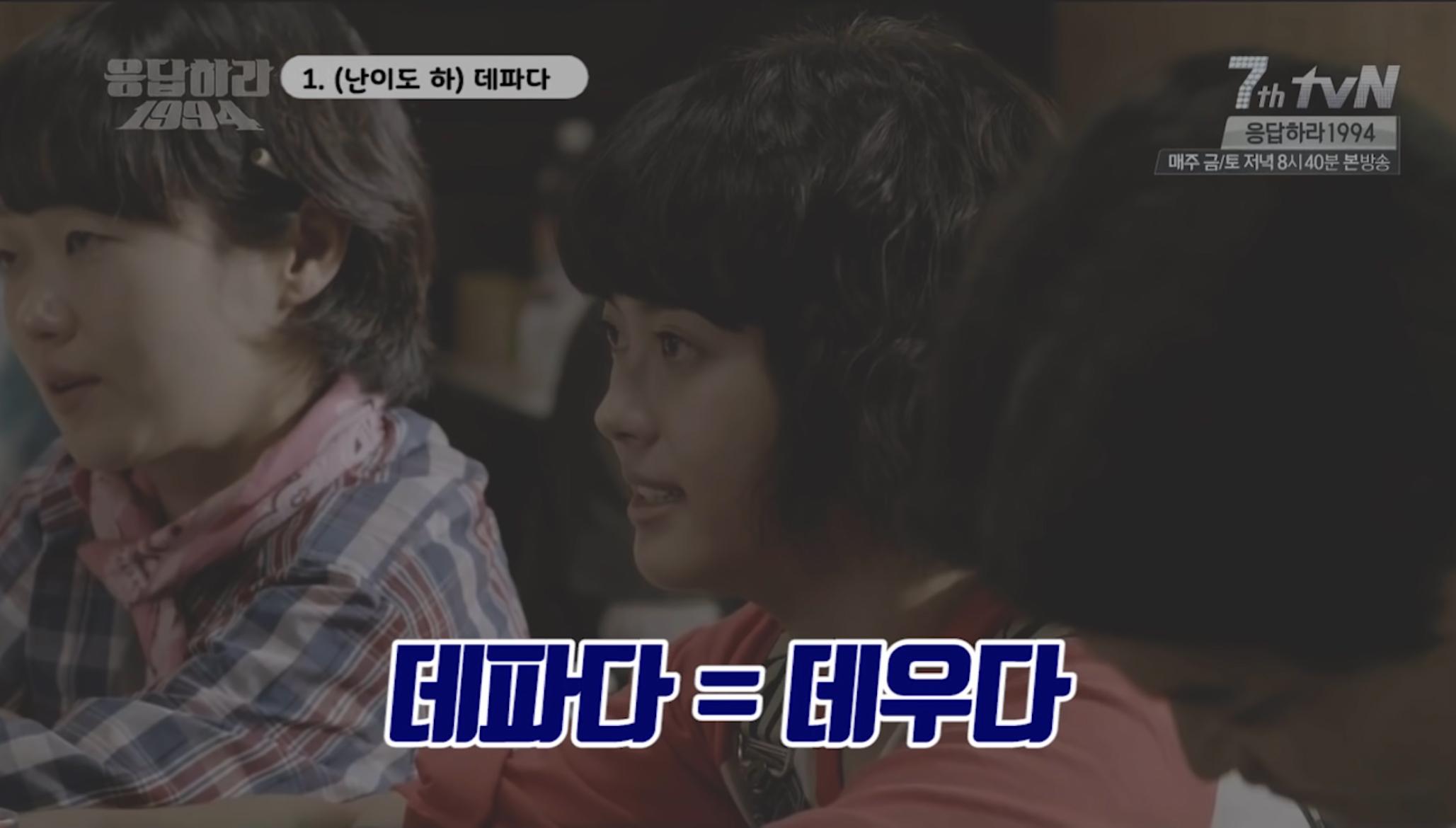
7. 고마 자빠트려뿌라/ go-ma ja-ppa-teu-lyeo-ppu-la
This phrase can be used when you are trying to encourage someone to woo a potential partner. In standard Korean, one may say "그냥 잡아버려." The direct translation is "just grab them." But should not be taken literally. Instead, it means to go woo them.

8. 까대기치다/ kka-dae-gi-chi-da
Similar to the above phrase, this term can be used in cases of courtship.
The standard Korean term equivalent is "꼬시다." Which means to go flirt, or hit on a person.

9. 친지 삐까리/ chin-ji-bbi-kka-li
This term in standard Korean equivalent for this term is 많다, which means a lot / a ton.
For example, if one says "여름에 모기가 천지 삐까리다." They are saying that there is a crapton of mosquitos during the summer.
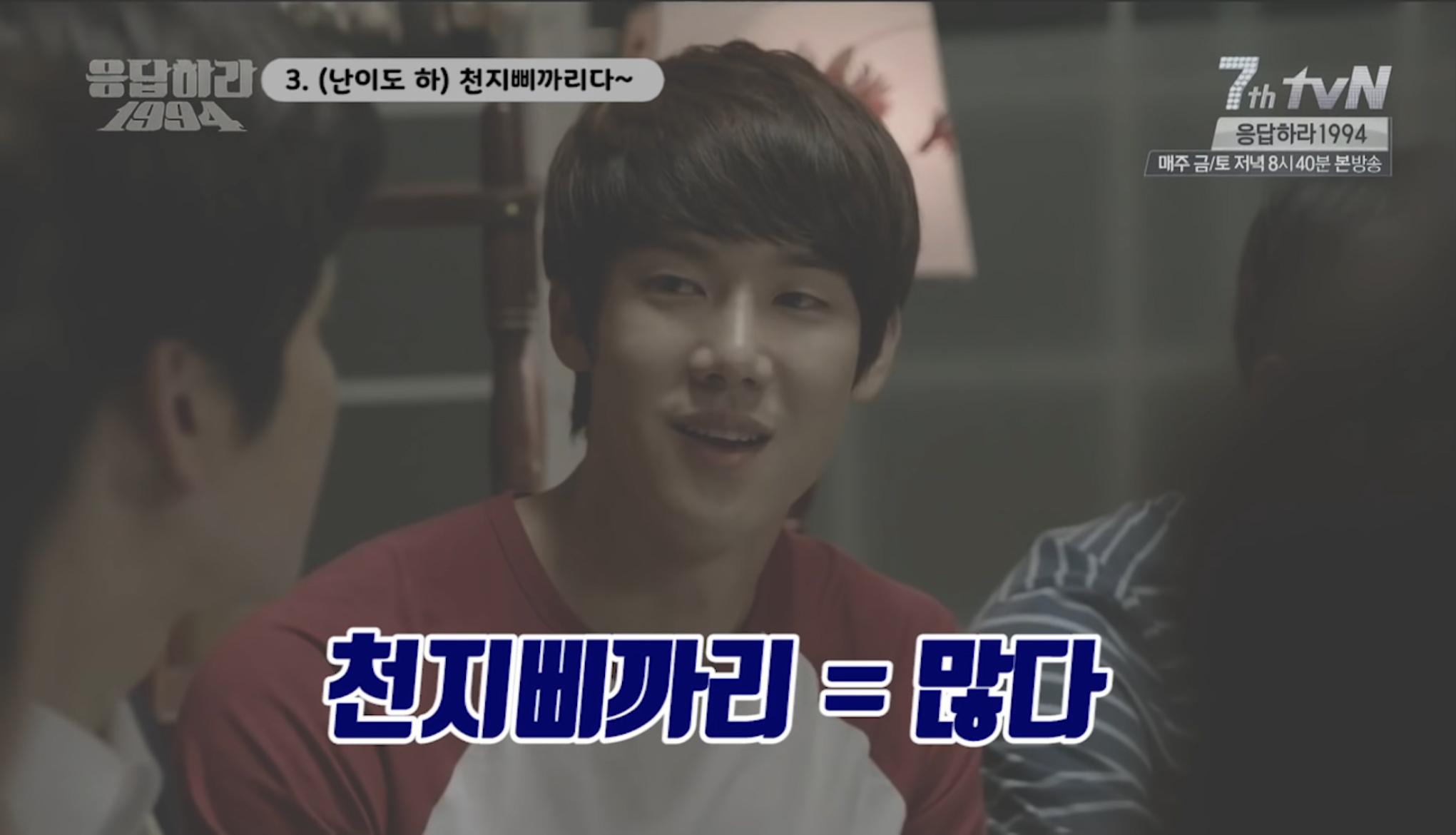
10. 쪼부리다 & 깔롱쟁이/ jjo-bu-li-da & kkal-long-jaeng-i
These term's standard Korean equivalent are 멋부리다, and 멋쟁이, respectively. 쪼부리다/멋부리다 is a verb meaning to get all dolled-up, while 깔롱쟁이/멋쟁이 is a noun, meaning a person that is gussied up.
In Reply 1994, when Il-hwa is on the phone and says "제형이는 외출할때 쪼부린다." She is saying "Jehyeong gets all dolled up when she goes out."
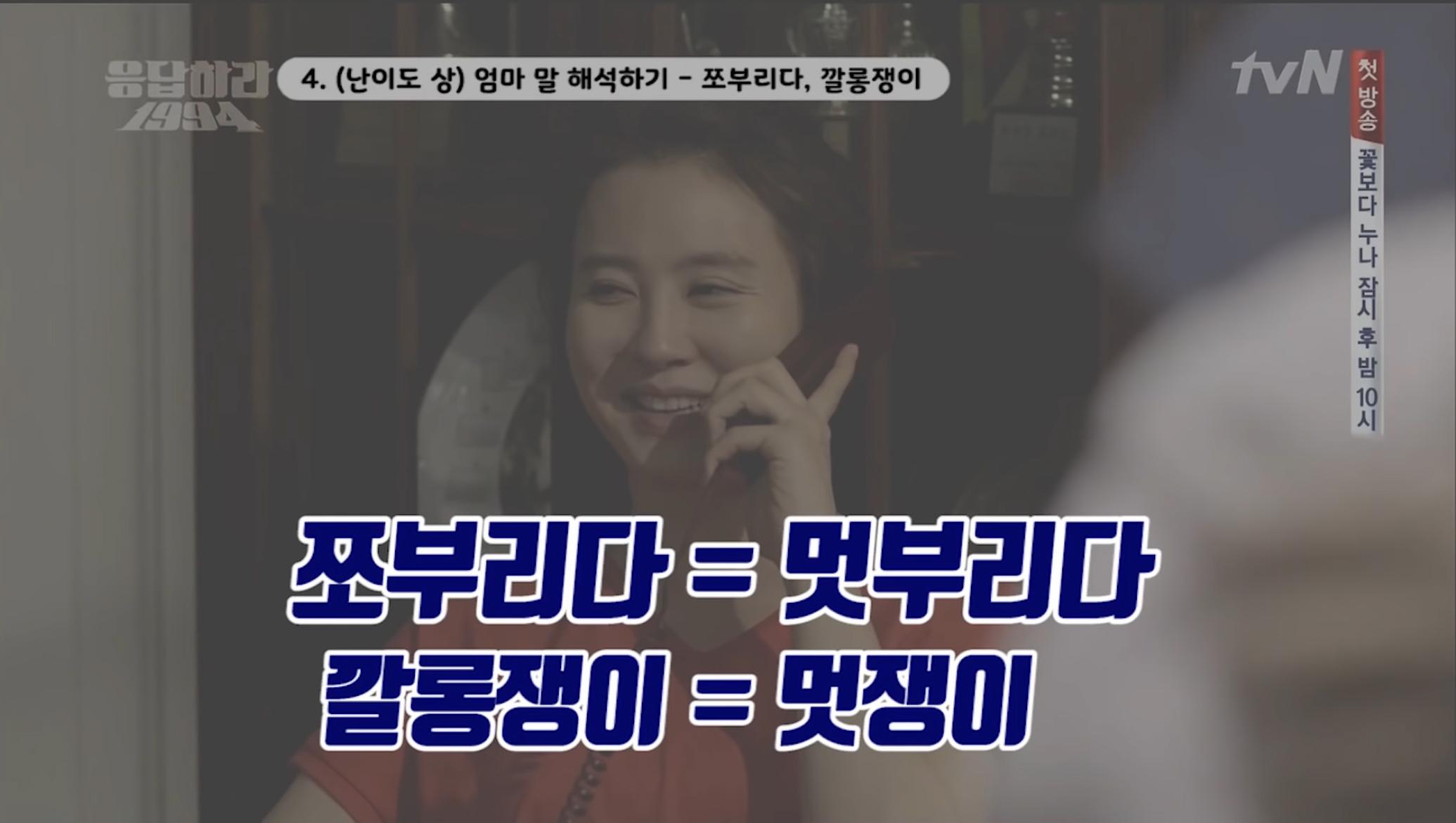
11. 때삐뿔라/ ttae-ppi-ppul-la
When someone says 때삐뿔라, it means to tell someone to "knock it off." The standard Korean equivalent is 그만해라.
An example of when this could be used is when someone is pestering you about something, one can respond with "잔소리 대삐뿌라," which means "quit nagging."
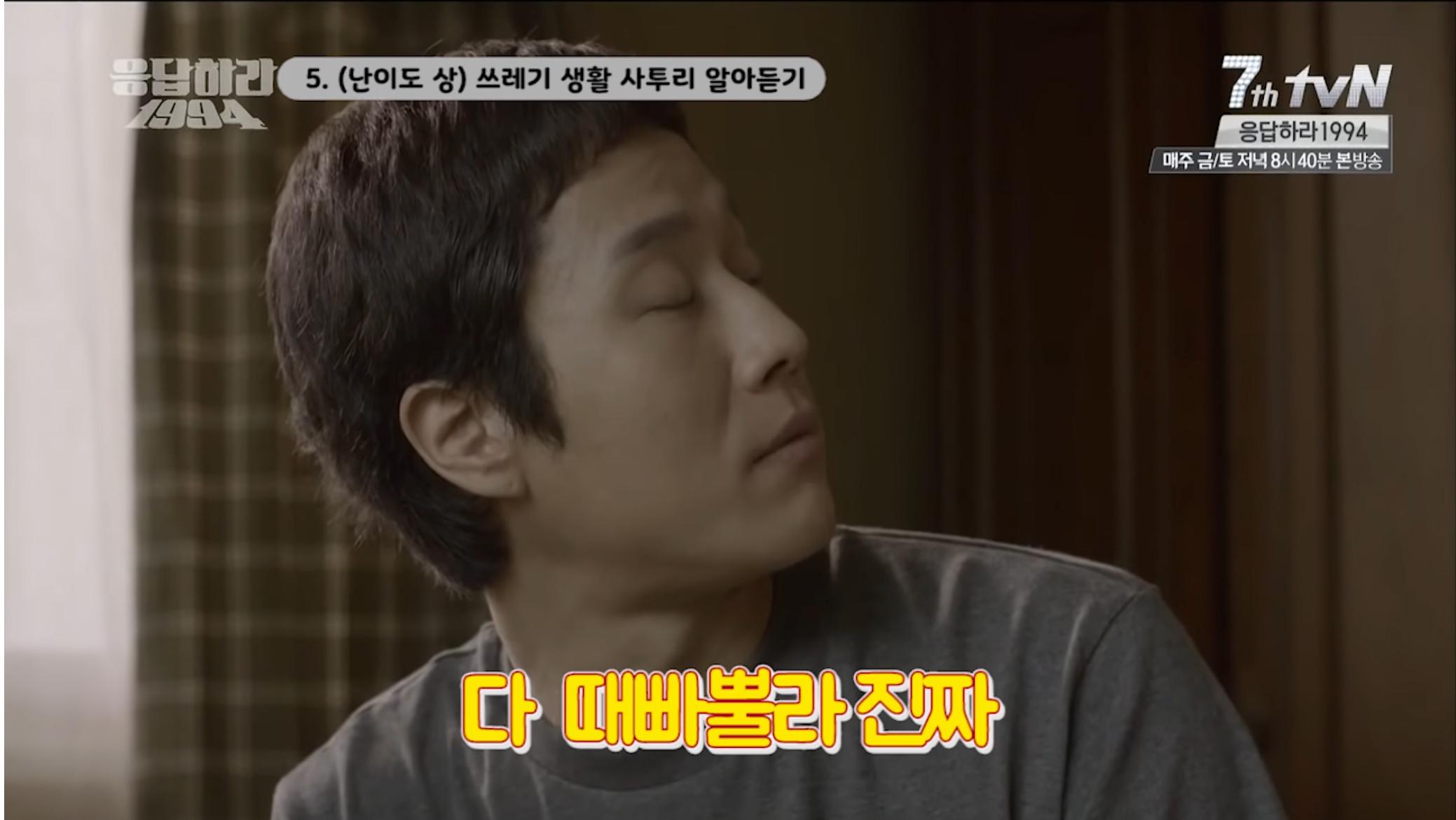
12. 극정/ geug-jeong
This is not a particular phrase, but we felt it's a good example of the pronunciation differences of using Gyeongsang-do dialect.
극정 in standard Korean is 걱정, which means to worry.
Towards the end of the Reply 1994 clip, Samcheonpo and Haitai are arguing and Samcheonpo's pronunciation is made fun of. But in all seriousness, this is how people speak and it is not a good idea to make fun in real life.
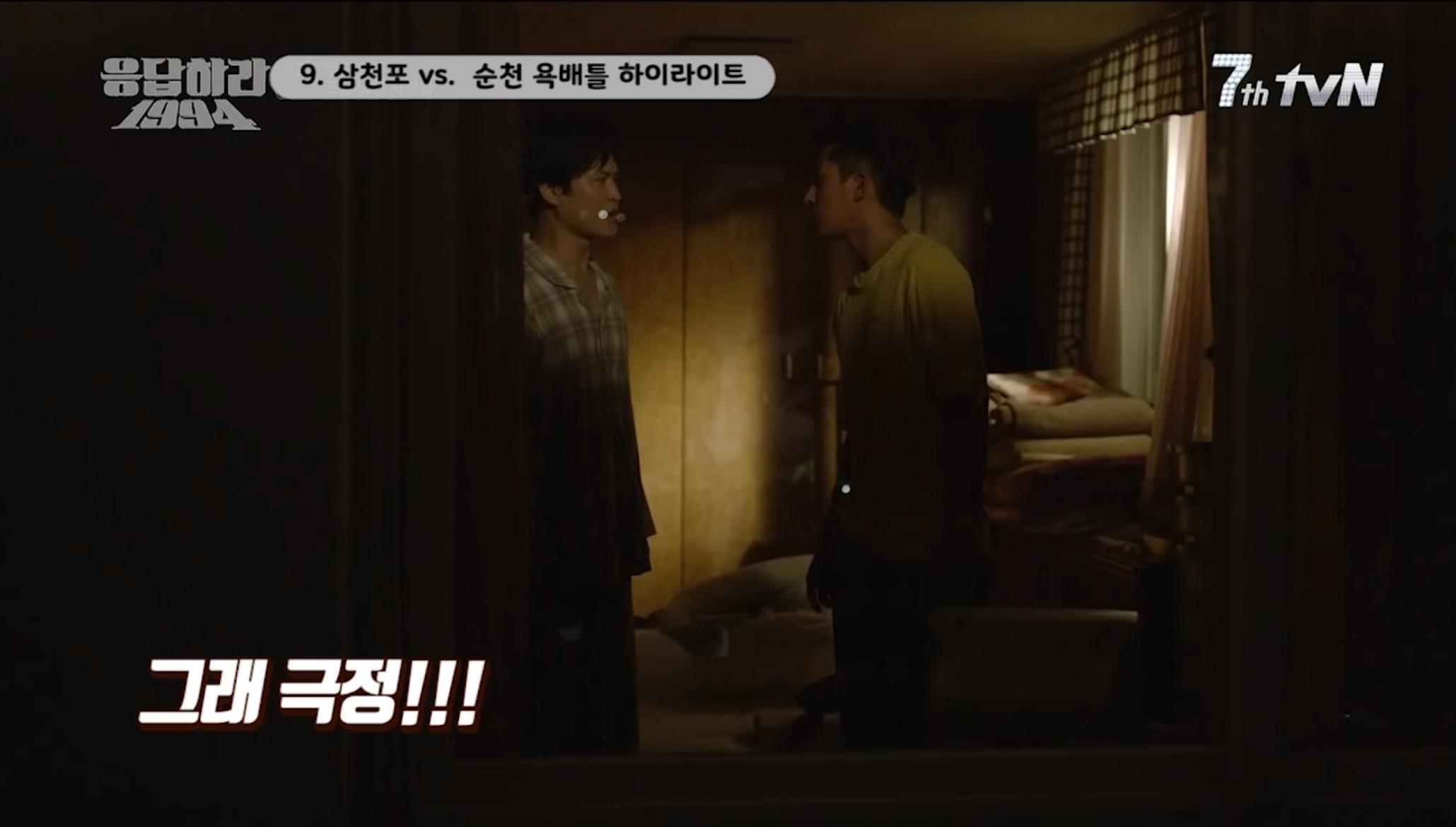
Gyeongsang-do Dialects In K-pop
BTS
There are a total of four members in BTS that are from Gyeongsang-do. SUGA and V are from Daegu, while Jimin and Jungkook are from Busan.
In the earlier days, Jimin and V would film little clips of them speaking in dialect, along with standard Korean "translations."
BTS's song "Paldogangsan" is also known as the "Satoori Rap." This is one of their earlier songs, but it is a great introduction to Korea.
Since three Korean provinces are represented in the band (Gyeongsang-do: Suga, Jimin, V, Jungkook; Jeolla-do: J-Hope; Gyeonggi-do: RM, Jin), BTS used that to their advantage in "Palsogangsan."
Some Gyeongsang-do dialect that is represented in the lyrics include, "마마 머라카노," & "가가 가가."
마마 머라카노 is dialect slang for "what are you saying." 가가 가가 is a phrase we introduced in our Korean dialect blog, it is also mentioned in the Talk To Me in Korean clip in the Introduction to Gyeongsang-do Dialect section of this blog.
If you can't get enough of BTS members using dialect, we've attached the clip below.
WANNA ONE
Both Kang Daniel and Park Woo-jin from Busan. We've included some clips loved by fans from Twitter that highlight their dialect.
Daniel and fellow Wanna One member Sung-woon are joking around with Gyeongsang-do satoori while speaking to their fans.
A short clip, but Woo-jin made many fans swoon with one word "좡난하나?" Which means "are you kidding?"
Another loved clip of Woo-jin. Imagine if he said those words to you? What fan wouldn't just melt? 😍
RED VELVET
Irene is from Daegu. A huge contrast to hearing Gyeongsang-do dialect from male idols. When a female uses the Gyeongsang-do dialect is can seem very cutesy or displays 애교/ae-gyo.
Gyeongsangg-do Dialect Literature
Still feeling overwhlmed about Gyeongsang-do dialect? That's okay, learning dialects is very much like learning another language.
The Little Prince
This French classic by Antoine de Saint-Exupéry has been "translated" to Gyeongsang-do dialect and released by eepop.
The Little Prince in the standard Korean translation is 어린 왕자, while the Gyeongsang-do dialect version, the title is 애린 왕자. The prince term stays the same (왕자), but the term for little changes from 어린 to 애린.

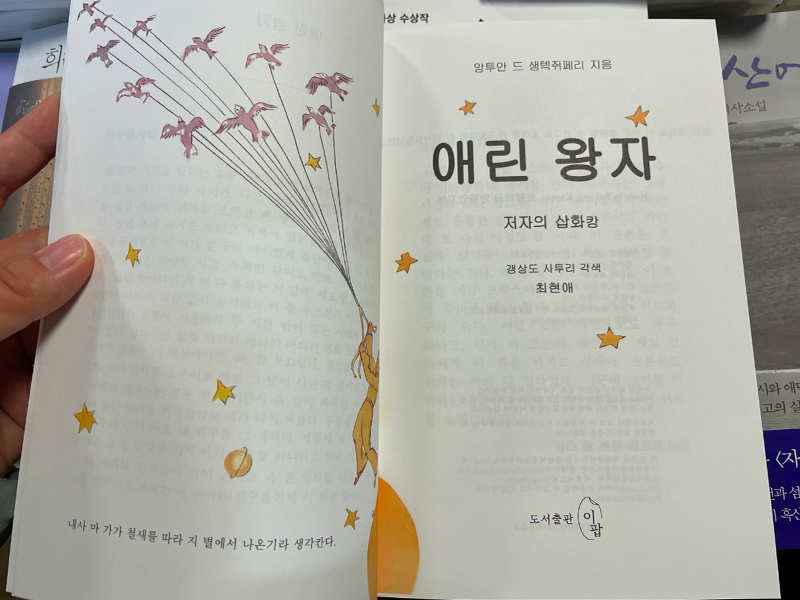
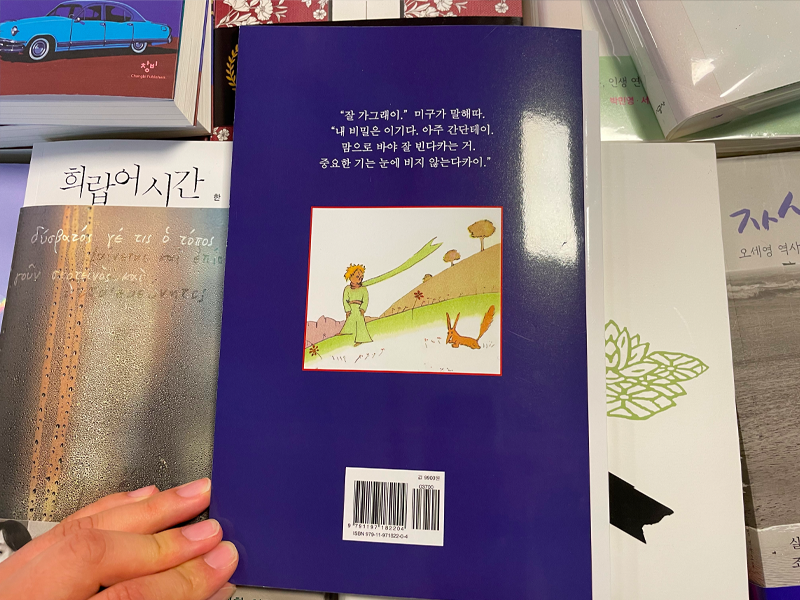
While this book may be a daunting endeavor for those new to Korean, this might be a fun read for experts in Korean looking to branch out to Gyeongsang-do dialect.
In this blog we've gone deeper into Gyeongsang-do dialect. We hope you have fallen in love with the sounds of this dialect.
Any dramas or idols we missed with Gyeongsang-do satoori? Let us know in the comments below.

